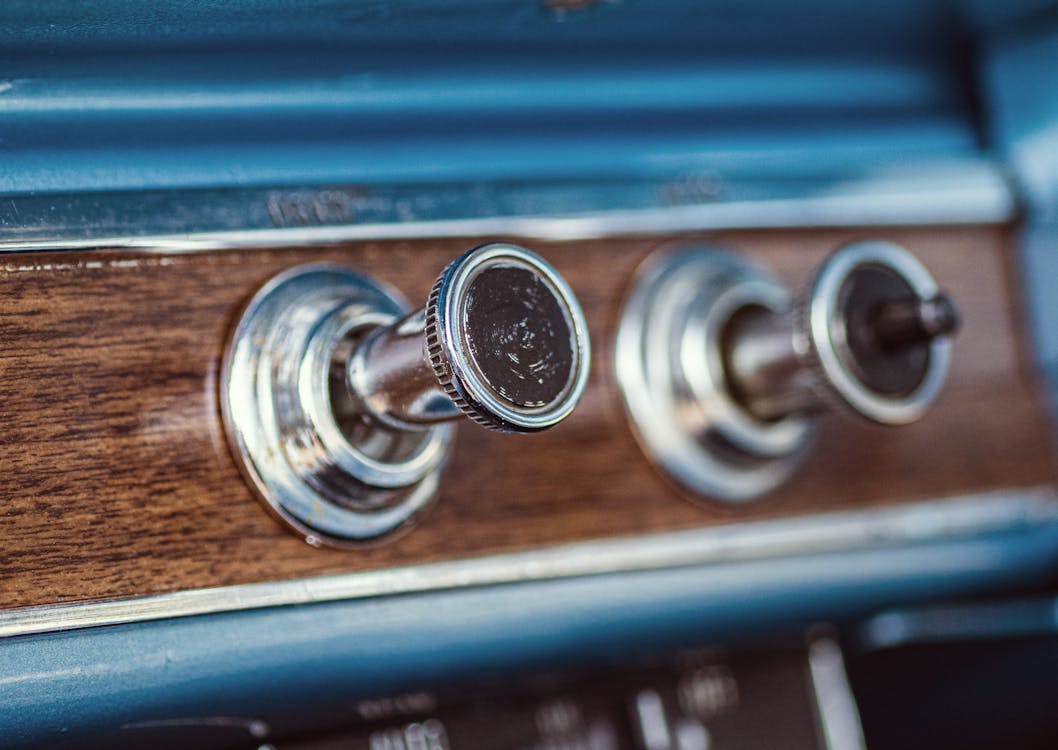
For the past decade, cars and truck interiors have been quickly advancing toward smooth, screen-dominated control panels. Touchscreens replaced standard knobs, sliders, and switches in what many presumed was the unpreventable march of progress. Yet, in an unexpected spin, physical switches are quietly making their back right into modern-day lorries. The shift signals more than simply a timeless nod-- it's a response to real-world feedback from chauffeurs yearning simpleness, security, and tactile fulfillment.
The Digital Overload Dilemma
When touchscreens initially started taking over control panels, they felt like the future: tidy, customizable, and loaded with functions. They eliminated mess and enabled automakers to simplify their interiors with less physical components. Yet as even more functions were buried within electronic menus, chauffeurs began to articulate worries.
Touchscreens usually call for multiple actions to do basic tasks like changing the climate or transforming the radio terminal. Unlike buttons, they lack the user-friendly muscular tissue memory that allows a vehicle driver to alter a setup without taking their eyes off the road. With so much happening on-screen, it comes to be all as well simple to get sidetracked-- something no person wants when traveling at freeway speeds.
The Return of Tactile Functionality
Among the greatest benefits of buttons is their tactile responses. You can feel them without requiring to look. This sensory reinforcement makes them not simply convenient yet more secure for motorists. When your hand naturally knows where the quantity handle is or how much to press a button to activate the defrost, it lowers the need to glimpse down or far from the roadway. And while touchscreens provide ease for infomercial and navigating, the essential day-to-day functions-- like danger lights, audio controls, and HVAC-- feel much better fit to physical controls.
In fact, lots of drivers who formerly advocated digital systems have actually expressed appreciation for newer versions that blend contemporary aesthetic appeals with the sensible feeling of traditional controls. It's not regarding turning down innovation-- it's regarding boosting functionality.
A Balanced Design Philosophy
Developers have actually noticed this shifting view. Instead of abandoning screens, they're reassessing just how they're integrated. The very best interiors now strike an equilibrium in between electronic flexibility and analog precision. That means tactically putting switches for crucial features while making use of electronic user interfaces for apps, navigation, and media.
This hybrid method is especially prominent in automobiles made for long-distance driving or families. The simplicity of pressing a button without stumbling with a menu makes a big difference when you're attempting to remain concentrated, comfortable, and risk-free. Also in lorries recognized for advanced technology, a basic rotating dial or tactile control can be the attribute that gains motorists trying to find thoughtful style.
Buttons and the Emotional Connection
There's also something uniquely psychological regarding switches. They bring a specific degree of involvement that touchscreens simply do not duplicate. Pushing a button or transforming a dial seems like you're literally communicating with your cars and truck-- it adds a layer of link that makes the driving experience more delightful.
For those taking into consideration used Chevy cars, cars from current years commonly provide the most effective of both worlds: responsive touch interfaces coupled with timeless physical controls. These models bridge the gap between advancement and familiarity, making them optimal for vehicle drivers who appreciate modern attributes without giving up convenience of use.
Innovation Isn't Just About Screens
It's simple to merge modern technology with displays, but true technology indicates boosting the vehicle driver experience. In this light, switches are a kind of smart layout. They're quickly, exact, and do not demand interest. As auto style comes to be significantly driver-centric, convenience and intuitiveness take spotlight.
This also ties straight into the resale and trade-in value of vehicles. Vehicles that prioritize user-friendly features tend to mature much better in the eyes of future purchasers. If you're considering a Chevrolet trade in, knowing that your present vehicle provides an attentively designed interior, total with easily obtainable controls, can have a positive influence.
The Future Is Functional
As car manufacturers re-evaluate the duty of interfaces in the cabin, they're led by chauffeur comments and real-world usability studies. The renewal of switches doesn't indicate a go back to the past-- it's a step forward in thoughtful, user-first style. It recognizes that progress doesn't always indicate removing the old but integrating it in such a way that makes driving more secure, simpler, and much more pleasurable.
If you're in the market and discovering Chevy new car deals, keep an eye on exactly how various designs manage their indoor controls. It's not nearly the touchscreen dimension-- it's concerning exactly how the automobile aids you remain concentrated on the roadway while making your day-to-day commute a lot more user-friendly. Buttons may not be the flashiest feature, but they're promptly turning into one of the most appreciated.
For even more understandings into automobile patterns, interior decoration technologies, and smart vehicle click here shopping pointers, make sure to check back frequently. We're always updating the blog site with fresh ideas to assist you navigate the road in advance.
 Luke Perry Then & Now!
Luke Perry Then & Now! Mr. T Then & Now!
Mr. T Then & Now! Marques Houston Then & Now!
Marques Houston Then & Now! Tyra Banks Then & Now!
Tyra Banks Then & Now! Nicki Minaj Then & Now!
Nicki Minaj Then & Now!